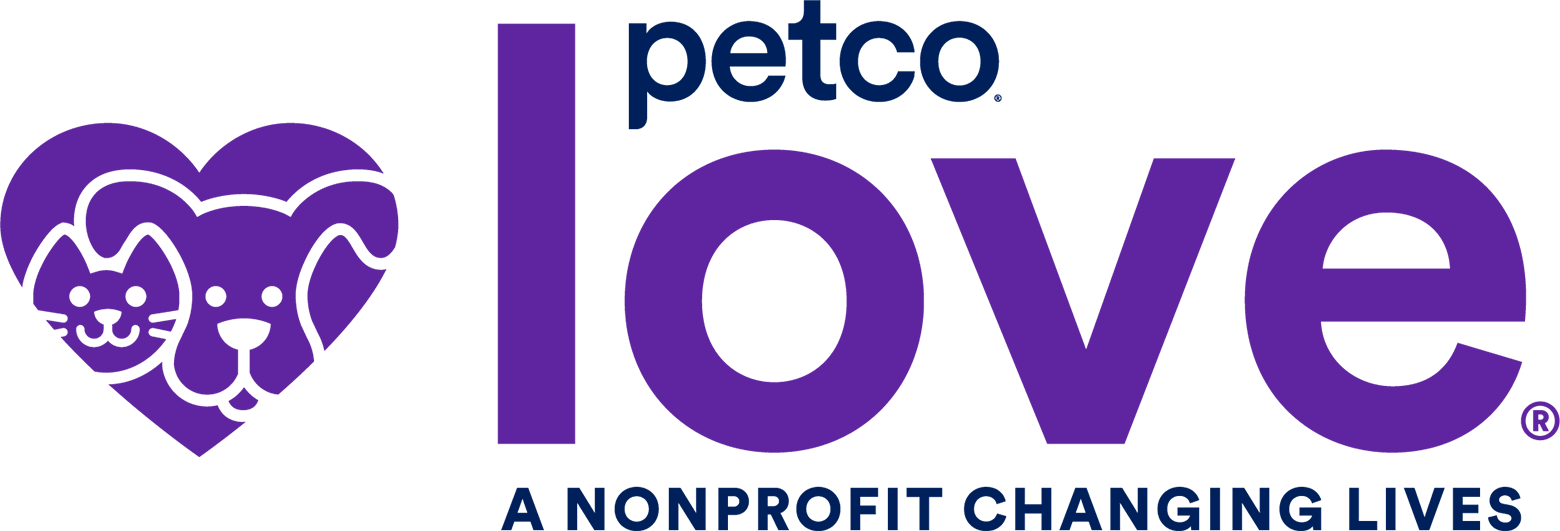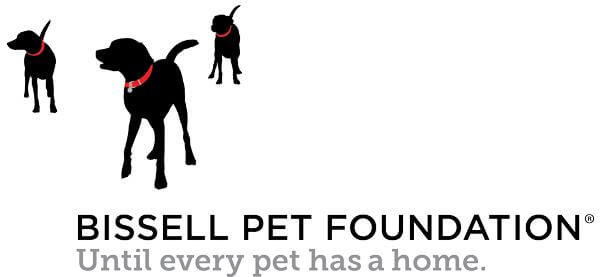
Apr 01, 2025
Cat carrier after cat carrier of tiny little mews arriving for intake. Streams of fosters coming and going as they bring kittens for exams or pick up a new litter to take home. Volunteers bustling around the nursery, doing chores and keeping kittens fed.
That’s a typical spring day at the Neonatal Program nursery at Austin Pets Alive!. APA!, which pioneers innovative lifesaving programs designed to save the animals most at risk of euthanasia, accepts over 2,000 kittens into its program each year. Kittens come from Austin’s municipal shelter, other shelters in the Austin area, and dozens of partner shelters around Texas.
Most of the kittens, along with pregnant and nursing cats, arrive during “kitten season.” Shelters around the country experience the same phenomenon. But what makes kitten season especially challenging in Texas and the rest of the southern US is its length. Kitten season in Austin lasts roughly from March to October or November.
So what does APA! do to prepare for this sudden influx of kittens?
In the Neonatal Program, we start preparing for kitten season soon after the previous kitten season ends. By January, preparations are in full swing. We look at what worked well the previous year and what didn’t, both on the foster side and the medical side.
The Austin Pets Alive! Training and Education Center (APATec) regularly reviews new research and works with the APA! Medical Clinic and Neonatal Program to identify any changes to protocols and policies that need to be made. This year, for example, we switched kitten formula brands and needed to adjust our feeding guidelines to fit our new, more calorie-dense formula.
Once the new policies and protocols have been set, we work together to update our official documents and resources for fosters. We then communicate the changes to staff, volunteers, and fosters, usually by email and Facebook. We occasionally host virtual meetings for major changes.
APA!’s Neonatal Program is foster-based, but we still maintain a nursery where our Neonatal Team works. This space is used for performing intake, wellness, and illness exams; for handing off cats and kittens to foster parents; and occasionally for housing cats and kittens temporarily.
We take the time between kitten seasons to optimize our nursery space. Are we using the right room as our exam room? Does our supply storage make sense? What supplies do we need to order in preparation for kitten season? Is our posted information for staff and volunteers correct?
We realized last year that our supplies weren’t always stored logically. For example, our heating discs weren’t next to our heating pads. We decided to reorganize our supply storage to make sure volunteers can find the supplies they need quickly and without asking for assistance.
Most importantly, we clean and disinfect the entire nursery. We clean and disinfect during the year, too, but it’s easy to do a full “decon” while the nursery is empty. We always aim to minimize the spread of disease to our vulnerable kittens, and deconning the full nursery gives us a clean start to kitten season.
Training and onboarding volunteers is a year-round process, but the “off-season” gives us time to update our training materials and processes, create any new volunteer roles that might be needed, and update existing roles. As with our policies and protocols, we look at what worked well in the previous year and what didn’t.
Our big pre-season recruitment drive aims primarily to recruit seasonal volunteers to help at the nursery. This year, we have the help of a new Cat Program Volunteer Administrator staff role, in addition to our volunteer coordinator role, to provide dedicated, species-specific support.
New volunteer feeders shadow experienced volunteers, starting with chores and nursery upkeep and then moving up to feeding and care. Our medical volunteers learn directly from our veterinary assistants and senior program manager. And our placement volunteers shadow our neonatal foster manager.
This year, we’re also reintroducing in-person, pre-season training for all neonatal staff and on-site volunteers, which we last held before COVID. This training covers the basics of working in the nursery, from how to enter the building and where to store personal belongings to how to feed kittens and what to do in an emergency.
While we don’t stop recruiting new fosters in the off-season, it makes sense to focus our recruitment efforts on kitten season and the months leading up to it. We ramp up our foster recruitment efforts around February so that we can be sure to place kittens with fosters soon after they are onboarded, if not the same day. Placing kittens with new fosters while their interest is at its highest is crucial for foster retention.
Our kitten season generally begins with a wave of pregnant cats, followed by “bottle babies,” or kittens under three to four weeks old that need bottle feedings every few hours. Older kittens come a little later, toward the end of April and May. Our initial recruitment drive therefore focuses on pregnant cats and bottle babies.
Our second goal in recruiting bottle baby fosters at this stage is to build our overnight foster rotation. We often intake kittens late in the day and don’t always have time to find longer term placement for them right away. Having a list of fosters who can take kittens on short notice and keep them for a night or two buys us some time while we look for a foster who can keep the kittens until adoption.
If it sounds like a lot of work, that’s because it is. But it’s exciting work! And when it comes to saving the tiniest lives, the work is worth it.
About the author
A lifelong cat lover, Jessica Heilman initially came to APA! as a neonatal foster and volunteer in 2016. She joined the Neonatal Program foster team part-time as the assistant neonatal foster manager a year later and is now the neonatal foster support specialist. In her non-APA! life, she works as a translator, technical writer, and editor.
Source: Austin Pets Alive












